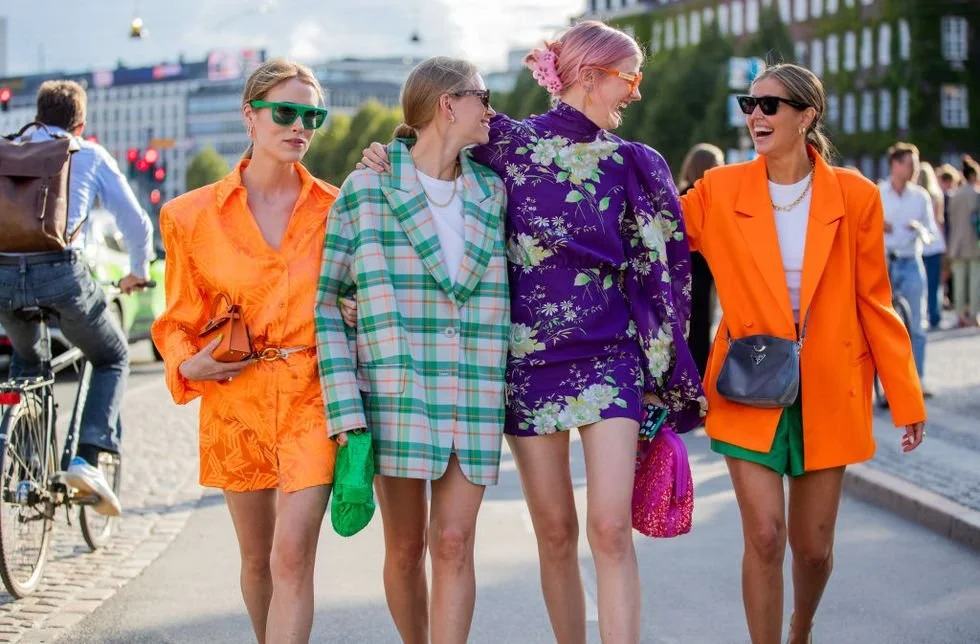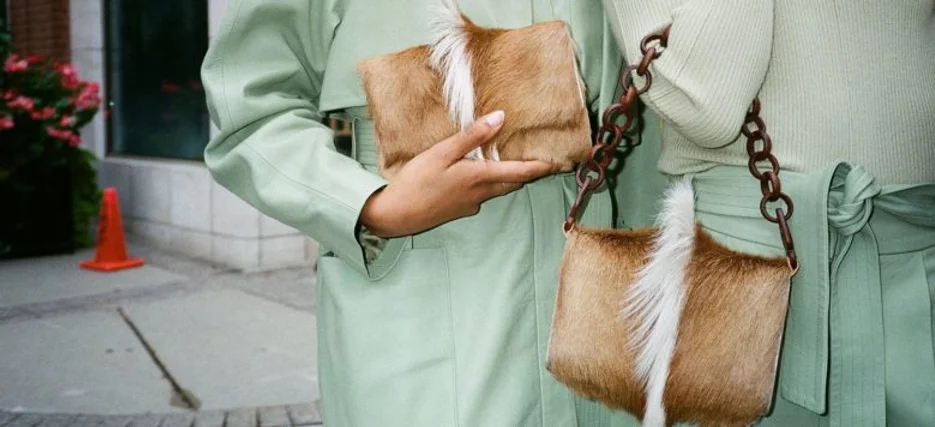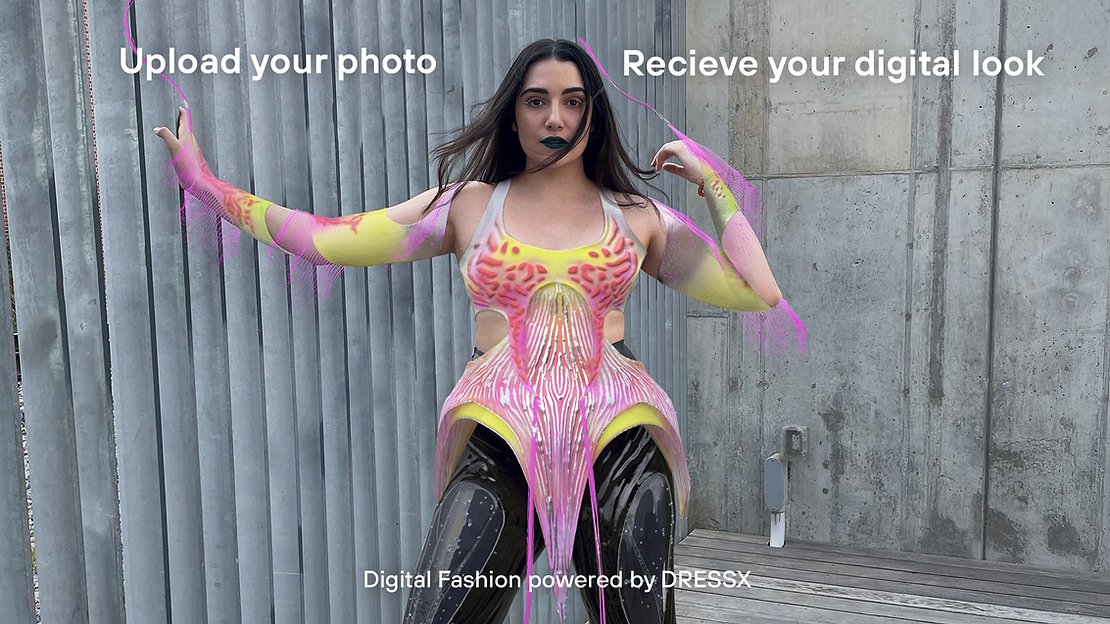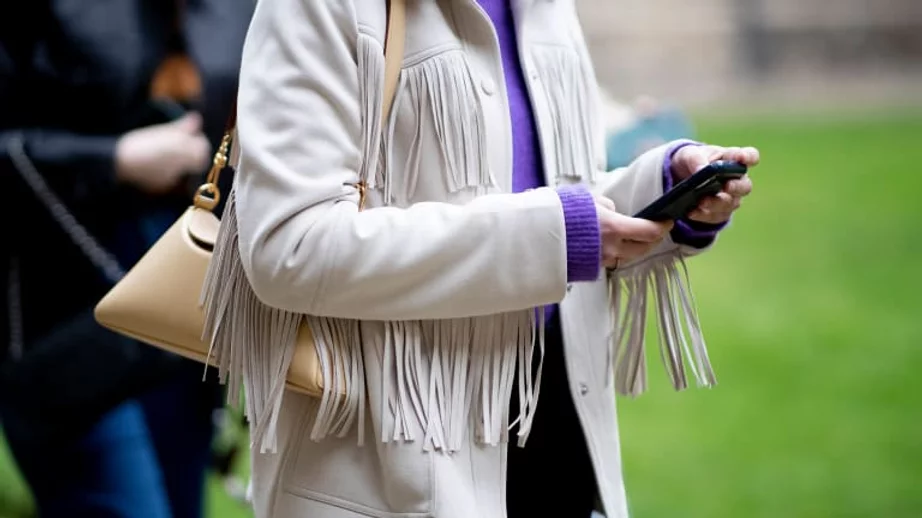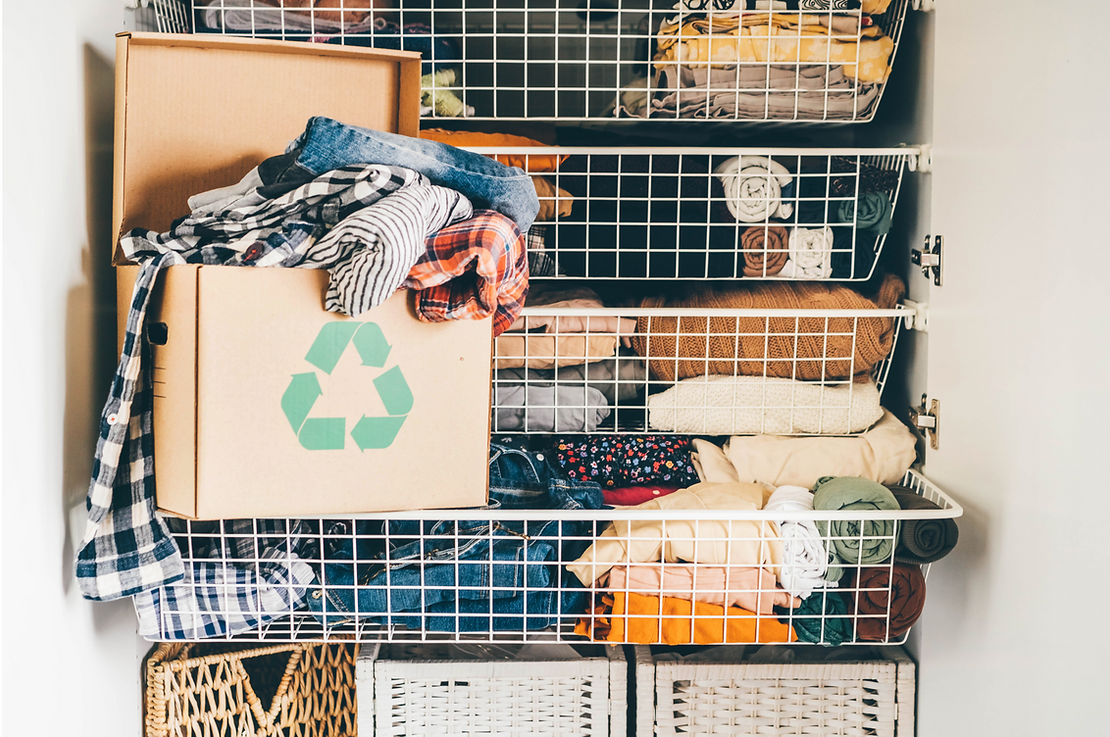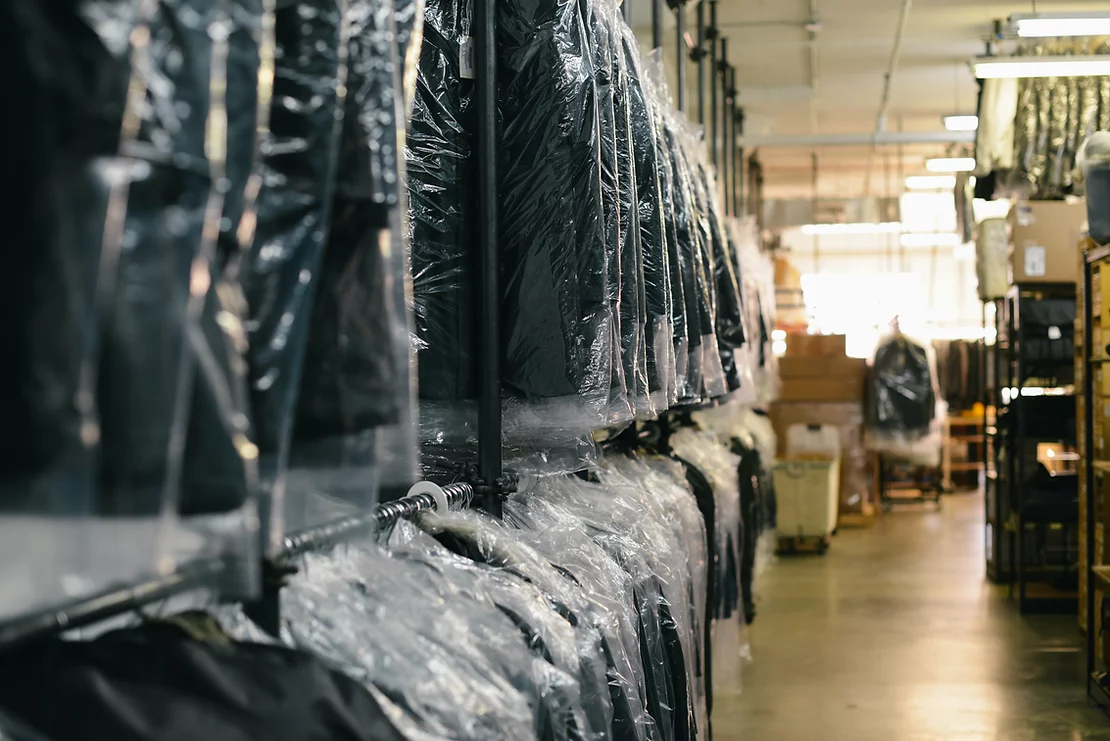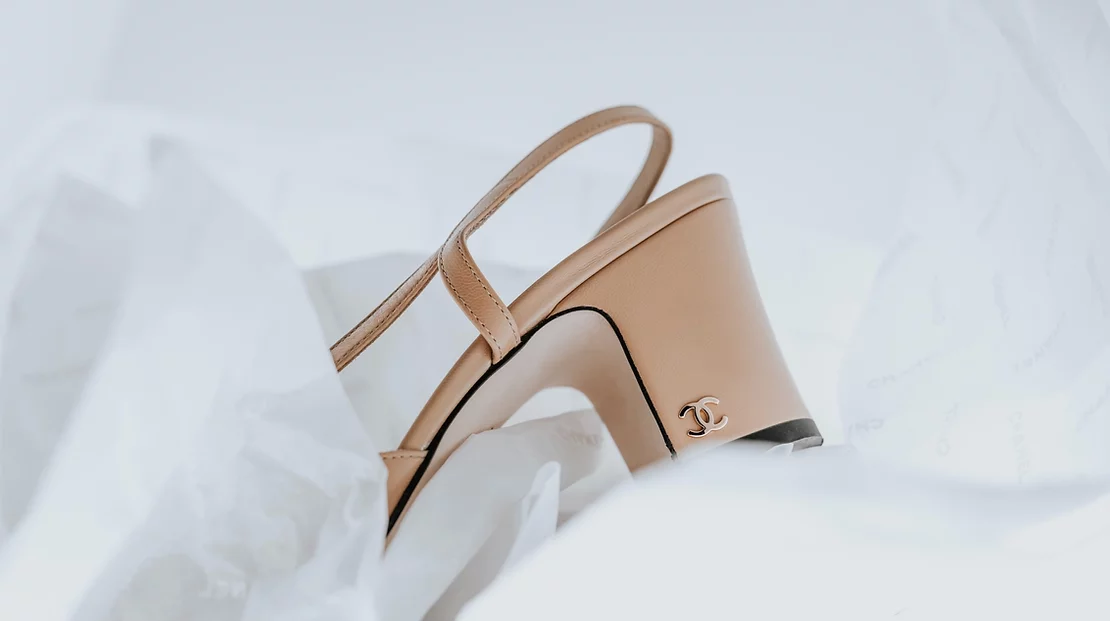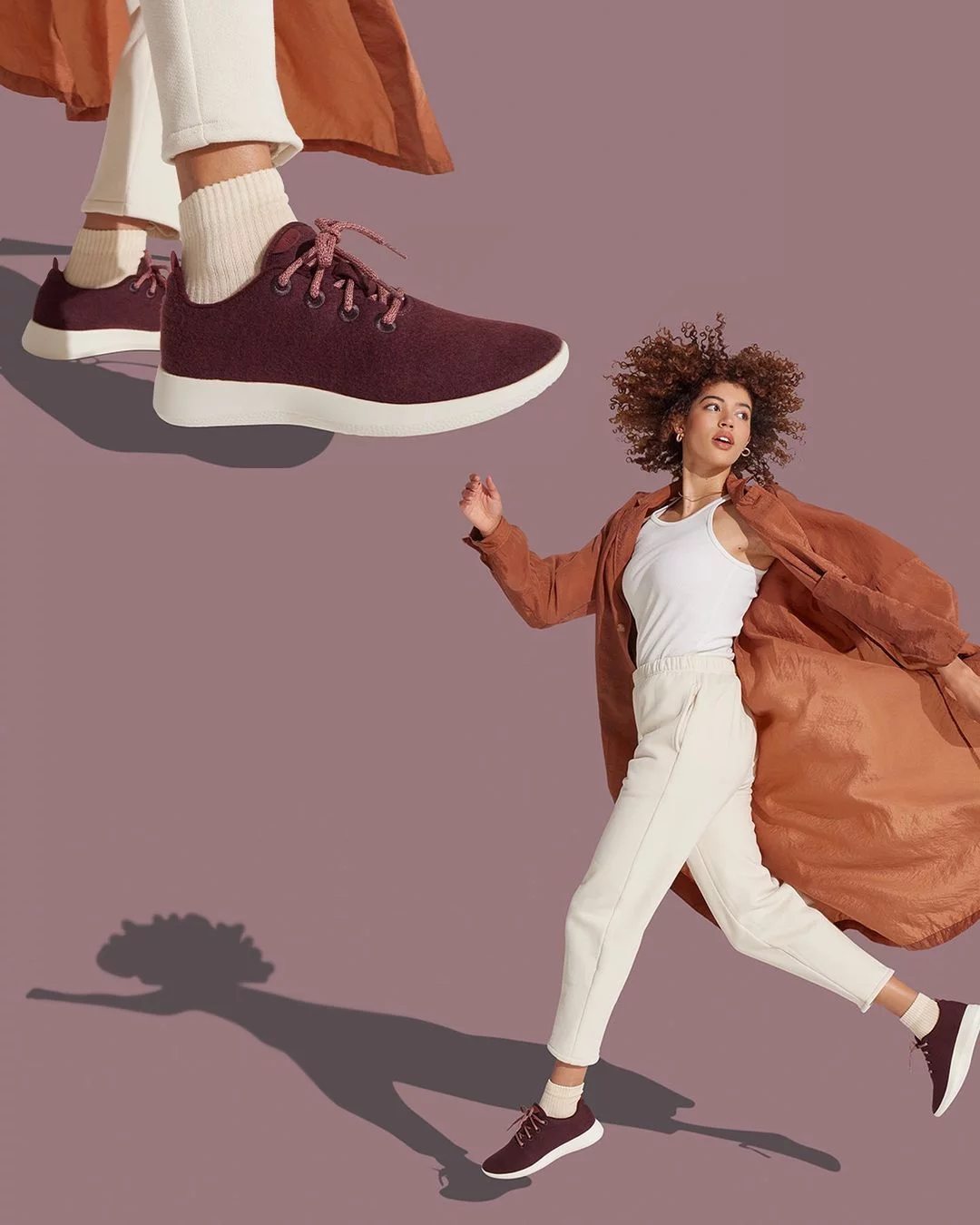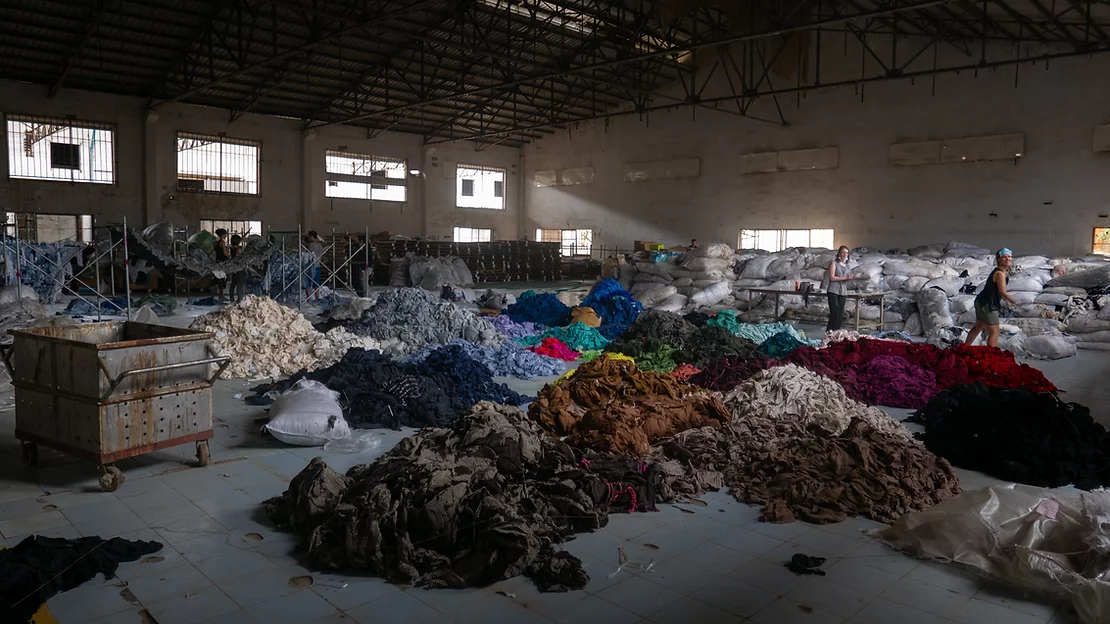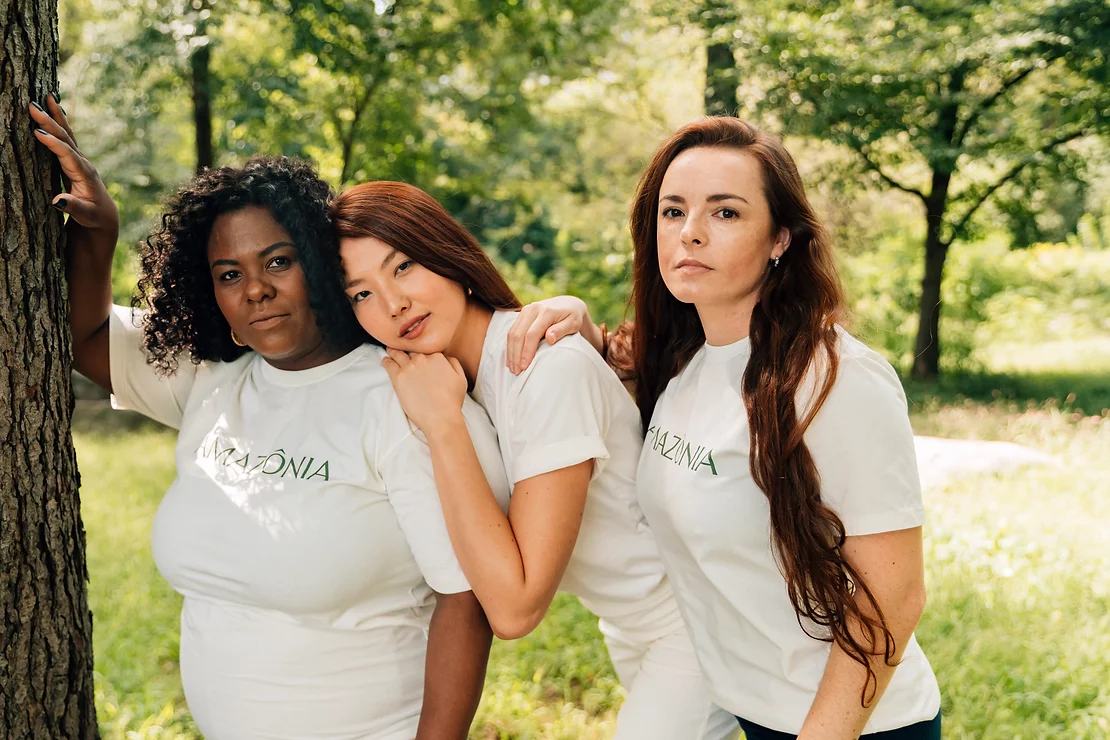From 30 wears to 30 years: How Long Should Our Clothes Last?
For years, the benchmark for buying a new purchase has been a minimum of 30 wears, but is this enough?
Teatum Jones: a Zero Waste Mission at GFW22
Catherine Teatum, one half of London brand Teatum Jones, sits down at GFW22 to discuss their mission to become a zero-waste company, creating beautiful clothing from headstock materials.
Nadja Swarovski: in Conversation with Megan Doyle at GFW22
Nadja Swarovski sits down at GFW22 to discuss her sustainability journey with Swarovski, the importance of heritage and craft, and advice for the next generation of fashion talent.
The TrusTrace Traceability Playbook
A fashion industry guide to supply chain traceability, written in collaboration with Fashion Revolution and Fashion for Good.
The Best Eco-Friendly Handbag Brands
If there is any sustainable fashion “investment” you should make, it would be a handbag. Sustainable purse and handbag brands often have a minimalist, modern approach to design and are well-crafted, meaning the bags are timeless items that you’ll keep for years, even decades, to come.
Could Digital Fashion Be an Eco-Friendly Replacement for Fast Fashion?
Do you spend your days on Zoom calls, do all your shopping online, or spend your evenings building your dream world on The Sims? Like never before, a huge part of our lives are being played out online. It was only a matter of time before fashion brands started to dress our online personas.
How Should We Think About What We Pay For Clothes?
The price on the tag has to factor in the materials, labor, transportation, taxes and of course a retail markup, among other costs. When all these are added up, it becomes clear that someone is losing out in this equation.
Are Take-Back Schemes From Fashion Brands Truly Sustainable?
What happens to your clothes after you hand them back to the brand? And are these initiatives actually an impactful way to tackle fashion’s waste crisis?
Can Bioplastics Really Make Fashion More Sustainable, Biodegradable, or Recyclable?
The fashion industry is experimenting with bioplastics. Is this “green” alternative to petroleum-based plastics really is as good as it sounds?
Fast Fashion is a Master Manipulator – Here’s How
Fashion brands have become master manipulators at getting us to spend money. They do it by tapping into our subconscious brain, using every trick in the consumer psychology playbook to convince us that the more we buy, the better off we’ll be.
Is Renting Your Closet Really More Sustainable? Let’s Find Out
Is fashion rental really a guilt-free way of experiencing fashion, or – as a study recently claims – is it worse than throwing clothes away?
What Happens to Clothes You Return? They Might Get Trashed
If you’ve been shopping under the impression that your returns end up back on a brand’s virtual (or actual) shop floor, what really happens to them may surprise you.
Greenwashing Check: Is Allbirds As Sustainable As It Claims To Be?
Even if the name Allbirds doesn’t ring any bells, you’ll probably recognize the brand’s comfy wool sneakers. But when a company comes out with lines like “Reverse Climate Change Through Better Business,” one can’t help but be a little suspicious. Is Allbirds the sustainable disrupter we’re led to believe? Let’s get into it.
Why Can’t Fashion Brands Just Make Less Stuff?
Conversations on sustainability in fashion tend to revolve around innovative new materials, zero-waste design, or the myth that we can consciously consume our way out of the climate crisis. But as the conversation evolves, more and more people are asking: Why don’t brands just make less stuff?
What Responsibility Does the Fashion Media Have to Promote Sustainability?
In conversation with former fashion editor and activist, Bel Jacobs.
Fashion Relies on the Amazon. Here’s How One Brand is Giving Back.
The Amazon is being cleared for the production of various fashion commodities, including leather, cotton, man-made cellulosic fibers (like rayon), and rubber. Soaring global fashion production means these textiles are increasingly valuable, making them a big business opportunity for far-right Bolsonaro’s government.
What Can Be Done About Fashion’s Plastic Problem?
It can be difficult to grasp the true scale of fashion’s plastic problem. Maybe it’s the “micro” in “microfibre”, the innocuous-looking fluff you pull out of your dryer, or the largely unseen consequences of plastic-based textiles on the environment.
Greenwashing Alert! What is Bamboo Fabric, and is it Sustainable?
The way ethical fashion brands promote bamboo fabric, you’d think that it’s a sustainable wonder material that’s revolutionizing the industry. It has a good reputation as an eco-friendly fiber, but is it a sustainable silver bullet? Short answer, no. But, as with most things in the world of textiles, it’s complicated.
One Compelling Reason Why H&M, Zara & Tommy Should Sign the Bangladesh Accord.
At the end of August, the Bangladesh Accord is set to expire, with potentially devastating impacts for the country's 2.7 million garment workers. So what’s next? Brands need to sign the Accord extension and expansion to keep more worker deaths from occurring.
20 Sustainable and Ethical Australian Fashion Brands You Should Know
Australian fashion may be synonymous with swimwear brands—and with some of the best beaches in the world, that stereotype is true—but there’s so much more to the antipodean fashion industry than what’s seen by the rest of the world.
